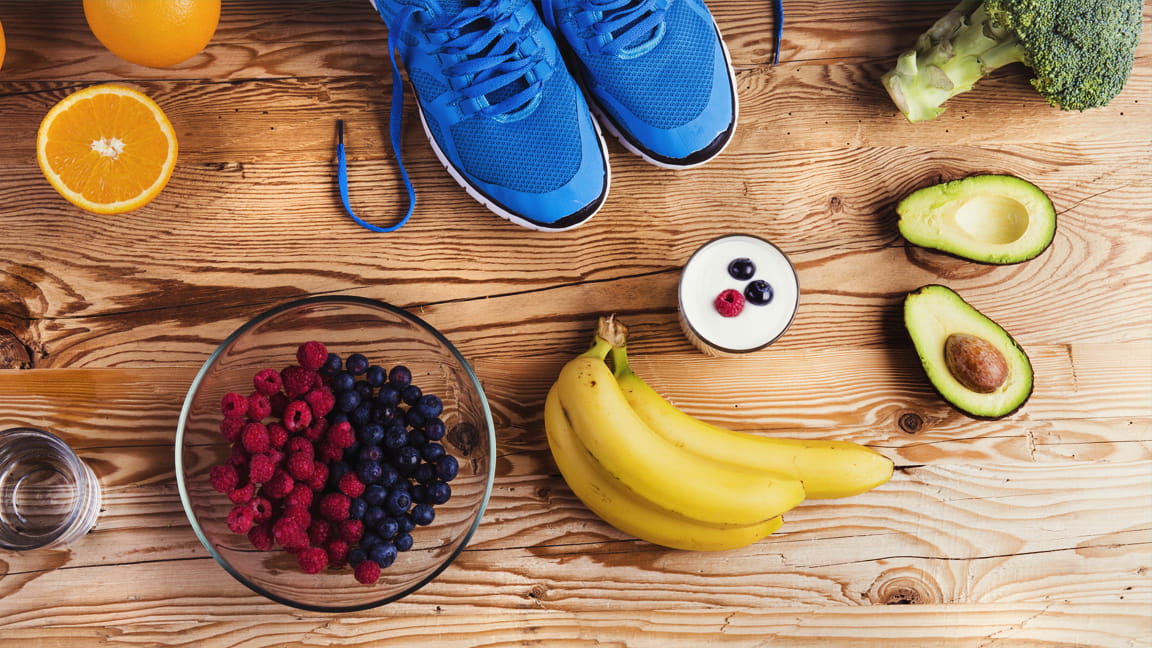
The average individual’s body is composed of about 60% water. It is important to regulate personal water intake because this fluctuates greatly throughout any given day due to normal body processes such as urination, bowel movements, sweating, and illnesses.
If you lose more water than you take in, your body can become dehydrated. Mild dehydration can impact your mood, short-term memory, and ability to process information. Regarding how much water to drink daily, most people cite the 8 x 8 rule, but are 64 ounces of water necessary to avoid mild dehydration?
It’s all relative! Many factors impact the amount of water you need, including your age, gender, activity level, and general health. There is a general estimate that states that women need about nine cups of water each day and that men need about 12.5 cups. This estimate will adequately compensate for fluids lost during the day, and also takes into account the 20% of fluids consumed in the food we eat.
So how do we keep track? The simplest method is to understand your body. Ensure that you check the color of your urine because your body will tell you when it needs more water. If it is a dark yellow or mineral color, you may need to increase the amount you consume.
How to Increase Water Consumption
- Listen to your body when you are thirsty
- Actively choose water over juice and sodas
- Carry a refillable water bottle; it’s good for the environment!
- Add some flavor! Lemon, fruit, or basil are great ways to encourage your hydration habits.
Foods That Are High in Water
- Fat-free milk
- Fruits! Some of the most water-dense foods include cantaloupes, strawberries, watermelons, bananas, grapes, oranges, and pears.
- Vegetables! Lettuce, cabbage, celery, spinach, cooked squash, carrots, and broccoli are great sources of water.
- Additional dairy products like yogurt, cottage cheese, and ricotta cheese.
Remember, drinking water is a necessity! Actively choosing water and fluid-rich foods will go a long way to maintaining your health.








